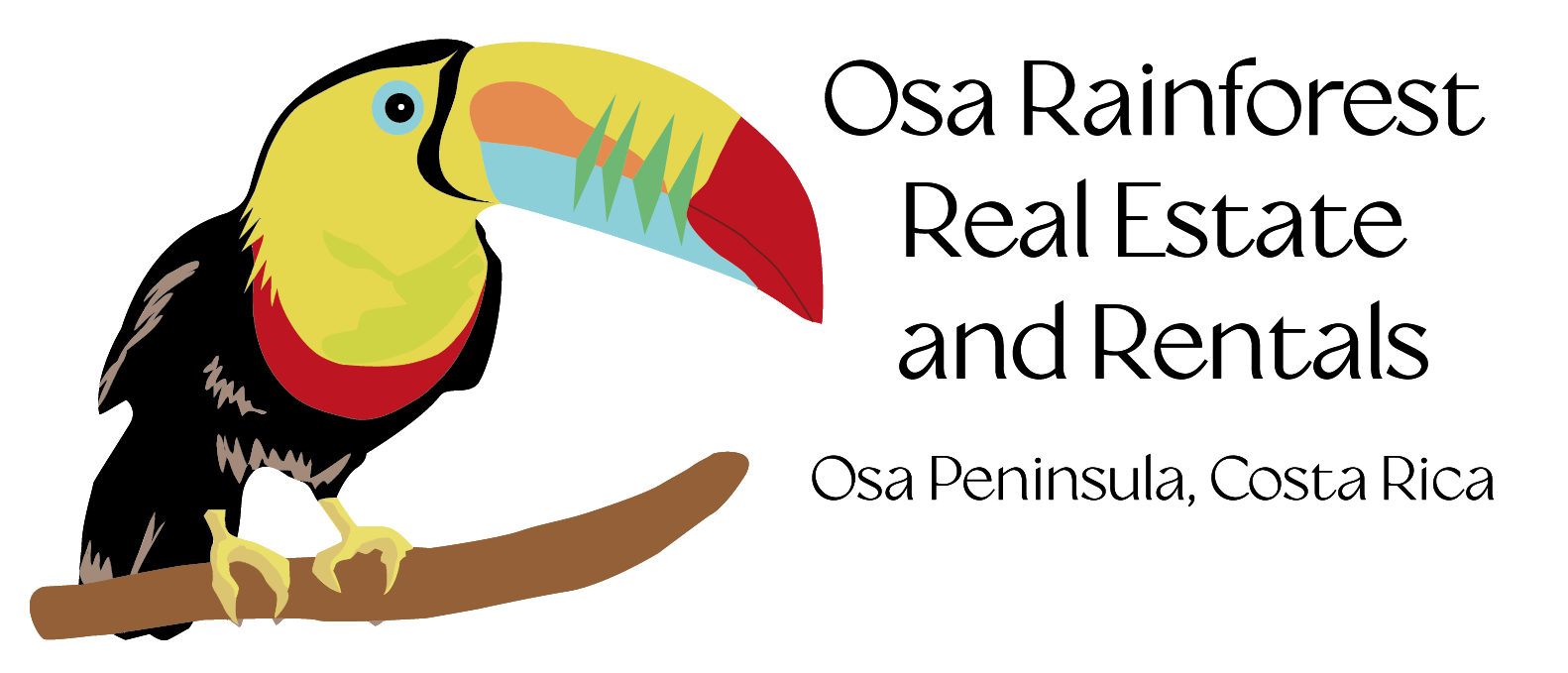Dos Brazos del Rio Tigre, The Last Frontier
Dos Brazos de Rio Tigre is a tight-knit community located on the Osa Peninsula and nestled next to the world-renowned Corcovado National Park, one of the most important and biodiverse ecosystems on the planet. The village runs along the two branches of the Tigre river which merges at the town's center, giving the community it's name “Dos Brazos de Rio Tigre” or “Two Arms of the Tiger River”. As a community focused on ecotourism and local conservation, it is our goal to provide our visitors with an authentic experience by sharing our local culture and the incredible natural landscape that make us proud to call Dos Brazos home.
Dos Brazos is a town with a rich history and an even more prosperous future. Not more than 30 years ago, gold, and lots of it, was Dos Brazos’ claim to fame. Today Dos Brazos is a sleepy little village of just 300 inhabitants in the rainforest and the perfect location to explore the newly opened Corcovado National Park El Tigre trail. Although gold mining is still practiced, the real wealth of the area is the captivating biodiversity found in the last remaining intact lowland tropical rainforest in Central America.
It’s a small oasis of civilization, surrounded by the jungle of the forest reserve that encompasses Corcovado. Although it’s a short 12-kilometer ride from the beautiful Golfo Dulce beaches of Puerto Jimenez, and just a little further from great wave riding in Matapalo, it’s a town that is barely known on the tourist circuit. From Dos Brazos you’ll find extensive walking trails into the jungle, with many waterfalls to see, the El Tigre sendero, world class birding, night tours, horseback riding, gold panning and more. So get off the beaten path, and make your way to Dos Brazos del Rio Tigre!
Cabo Matapalo, Peninsula de Osa
Along the coast of the Osa Peninsula, azure waves crash down on sand and rock, sending saltwater mist over the vast, sprawling jungle. Palm trees lean out from the interior of the lush forest toward the beaming sunlight of the beach. A visitor to this isolated coast might walk hours (or even an entire day) without meeting a single person. The Osa Peninsula is one of the last places in the world where virgin rainforests grow right to the high tide line. This junction of land and sea creates a unique zone that supports exceptional biodiversity and offers refuge for sea turtles, scarlet macaws, and other endangered species. Many terrestrial, freshwater, and saltwater species are ecologically connected here.
Known for its remoteness and named for the towering strangler fig, Matapalo is located in the Osa Peninsula, which has become Costa Rica's premier Eco-tourism destination far from the tourist filled beach towns. This little cape is a hidden paradise with breathtaking beaches, dense and pristine rainforest with ancient, colossal trees. Travelers come to Cabo Matapalo to experience raw nature and for world-class surfing in a peaceful, idyllic setting.
Matapalo juts out into the Pacific Ocean marking the entrance to the tranquil Golfo Dulce, one of three tropical fjords in the world and home to humpback whales and dolphins. One may see exuberant wildlife like Scarlet Macaws, Brown Pelican and all breeds of Heron on the beaches as well as Toucan, Blue Morpho Butterflies and four species of monkey (White Face, Spider, Squirrel and Howler). Matapalo is a tranquil environment tucked in a hidden natural paradise. It has earned the Blue Ecological Flag (Bandera Azul Ecologica) for its dedicated effort in conservation and commitment to preserving the quality of the environment.
Surfing in Costa Rica and the Osa
A surfer’s paradise, Costa Rica has been a top surfing destination for some time now. The point breaks, beach breaks and perfect lefts and rights found here, all make this tiny Central American country a leading surfer hotspot in the world today. And with beaches that are usually very clean, pristine and rarely crowded, Costa Rica has indeed become a favorite surfer hangout, especially for those who want to take on some of the more challenging waves found on the planet.
With a fantastic coastal climate, year round warm water temperatures and both the Pacific and Atlantic coasts to contend with, Costa Rica has well over 50 famous surf breaks along its shoreline. Legendary and truly spectacular, the waves here are big and with the many reef breaks found along the coast, surfers here are in for hollow and fast rides. And though some of the surfer beaches maybe kind of hard to reach, due to poor road conditions, they are well worth the trip as the waves here are good all year round.
A trio of beaches cumulatively stretches for five miles along the southern point of the Osa peninsula. Playa Pan Dulce, or Sweat Bread Beach, a long right point break that needs a large swell to work. With ideal conditions, you can expect up to 500 yd tubular rides. This wave has several fast sections that break over a rocky bottom. Backwash Bay is just a ten-minute walk from Pan Dulce, and bordered by ancient, colossal trees. A large, yet slow right that breaks over a reef in the middle of breathtaking Backwash Bay. Due to the steep beach, the waves generally jack up creating steep sections; great long boarding. Matapalo’s most challenging southern break is at Playa Matapalo, where rough waves create entertaining but challenging conditions, because it faces the open ocean, it picks up more swells and is more consistent than nearby breaks. It is said when the tides are right, Matapalo's long breaks are some of the best in the country.




